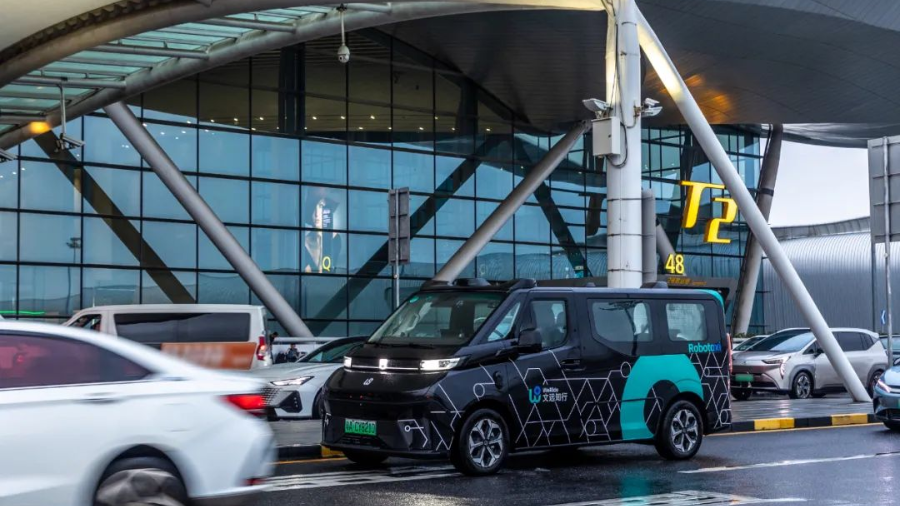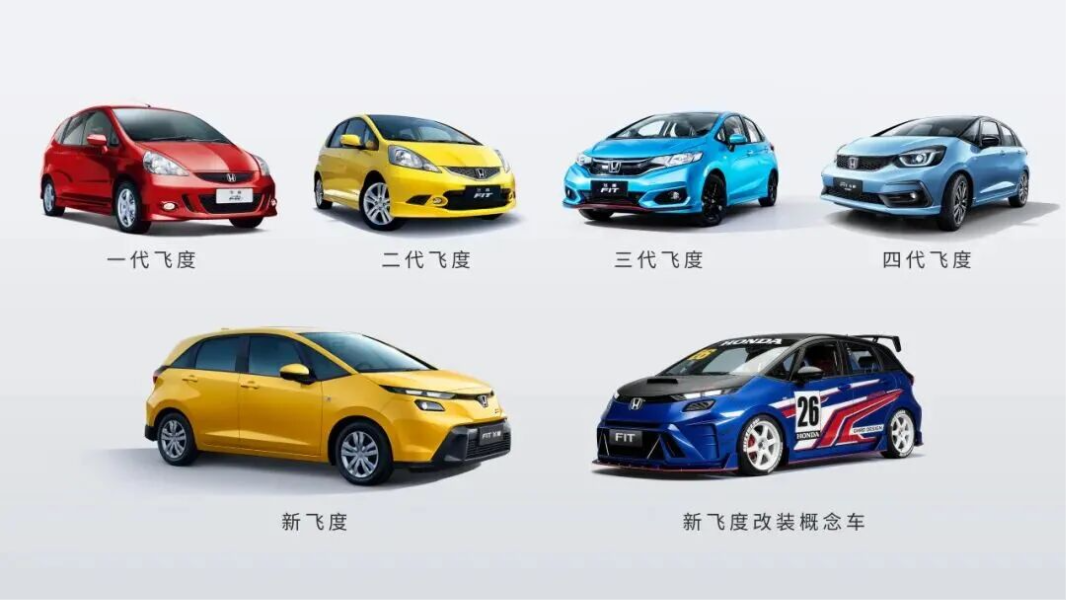If you are in the parts business, then I don’t need to tell you that last year was a challenge. Especially as OEM sales to the
We all of course hope that things will turn for the better this year. In
Chrysler thinks that 11.1 million new light vehicles will change hands in the U.S.A this year. Ford estimates it will be 12.2 million. GM figures, it will be anywhere between 10 and 12 million. J.D. Power & Associates is forecasting
GM said it will become profitable again once annual
Last week I already gave an opinion where I would turn if I were a parts maker. I would turn to the after sales market. I would turn to
To after sales I would turn because the after sales market is always up when new car sales are down. As a press report from the U.S.A. says, “repair shops and parts dealers say they are reaping a windfall from the downturn in automobile sales because drivers are keeping their vehicles longer.”
To Europe I would turn, because it is by far the largest economy of the world, because Europe buys more than twice the number of new cars than the U.S.A., and because the European new car market is going down, but it is not going down as hard as in the U.S.A. The European after sales market also holds higher potential and profits than the
Many Chinese parts makers have avoided Europe because they thought,
The system operates on the principles of type approval and reciprocal recognition. Type approval means that your part needs to be tested and approved first before it can be used in the car. Reciprocal recognition means that any country that is a signatory to the United Nations agreement has authority to test and approve a part. Once approved, every other country that is a signatory must honor that type approval and must allow the vehicle or part as legal for import, sale and use. The type approval is usually held by the manufacturer, and the manufacturer is responsible for compliance.
Items approved as meeting an ECE Regulation are marked with an E and a number, within in a circle. This is commonly referred to as an “E-mark.” The number indicates which country approved the item. “E1” for instance stands for
If you want to export parts to
The first thing you need to know is whether your product needs an E-Mark at all. That alone is a challenge to find out. Not every product is covered by ECE rules, and not all signatory states adopt all ECE rules.
The actual E-marks or type approvals are usually issued by a governmental agency of the respective country. Usually, this governmental agency does not perform the tests necessary to receive the type approval. The tests usually are performed by a technical service accredited by the country. Not all technical services are accredited for all regulations. Once the technical service has positively tested your part, it will document this in a technical report which becomes the basis for the official type approval. A positive test by the technical service usually means that the type approval will be granted.
As you have realized by now, the help of a good advisor is absolutely necessary to successfully navigate the thicket of ECE rules. The technical service should be a good advisor for the details of the type approval. Some are, some are not. Some simply give you a pass/fail result and nothing else. Some will work like tutors or coaches and assist you in making the engineering changes to achieve and maintain the required results. It’s a bit like playing golf. You can hire a caddy, or a golf pro. A caddy will carry your clubs. A golf pro will help you win the game.
Pick your ECE technical service wisely. Our company has worked with many. Our company also has seen several of our Chinese suppliers receiving the wrong advice and being overcharged. If you want my personal opinion – which I don’t want to voice in a public forum like this – please feel free to ask me.
Where should you get your type approval? Theoretically, and under the rules of reciprocal recognition, it does not matter. Just like theoretically, an MBA from an unknown university is just as good as an MBA from Harvard. You know that in real life, this is not true. As some students think an MBA from an unknown school is good enough, others think the expense and amount of work an MBA of a highly reputable university are well worth the investment. Same goes for the E-Mark.
Wikipedia says: “Although all countries' type approvals are legally equivalent, there are real and perceived differences in the rigor with which the regulations and protocols are applied by different national type approval authorities. Some countries have their own national standards for granting type approvals, which may be more stringent than called for by the ECE regulations themselves. Within the auto parts industry, a German (E1) type approval, for example, is regarded as a measure of insurance against suspicion of poor quality or an undeserved type approval.”
A German E1 type approval so to speak is the E-Mark equivalent of a Harvard MBA. An E52 from
There is another positive effect. Usually, a product imported to
There is yet another reason for not taking the easiest and cheapest route: You may get in trouble if the part is later checked in a more rigorous country, and if it fails.
If a non-compliant part is found in one of the signatory states, the matter will be referred to the government agency in the country that issued the E-Mark. That agency then will take further action.
“However, if the part is so out of spec that it endangers safety, any signatory state can block the part for up to six months,” says Xaver Fackler, owner of Germany-based testing lab FAKT. A brake pad for instance that doesn’t have the braking efficiency as mandated by ECE R-90 would endanger safety and could be blocked by any country immediately. The part would be illegal for use and a recall may be ordered. If your parts business to Europe is to be successful, you definitely don’t want to get in trouble in
For all these reasons, our company usually insists on an E1 E-Mark for all products we have manufactured in
Next Monday, we will dive a little deeper into the details of how to get, and most importantly, how to keep your E-Mark.
About the author: Bertel Schmitt, Gasgoo's columnist, is CEO of Hong Kong based parts sourcing company Sinamotive. Before founding Sinamotive, with the assistance of









